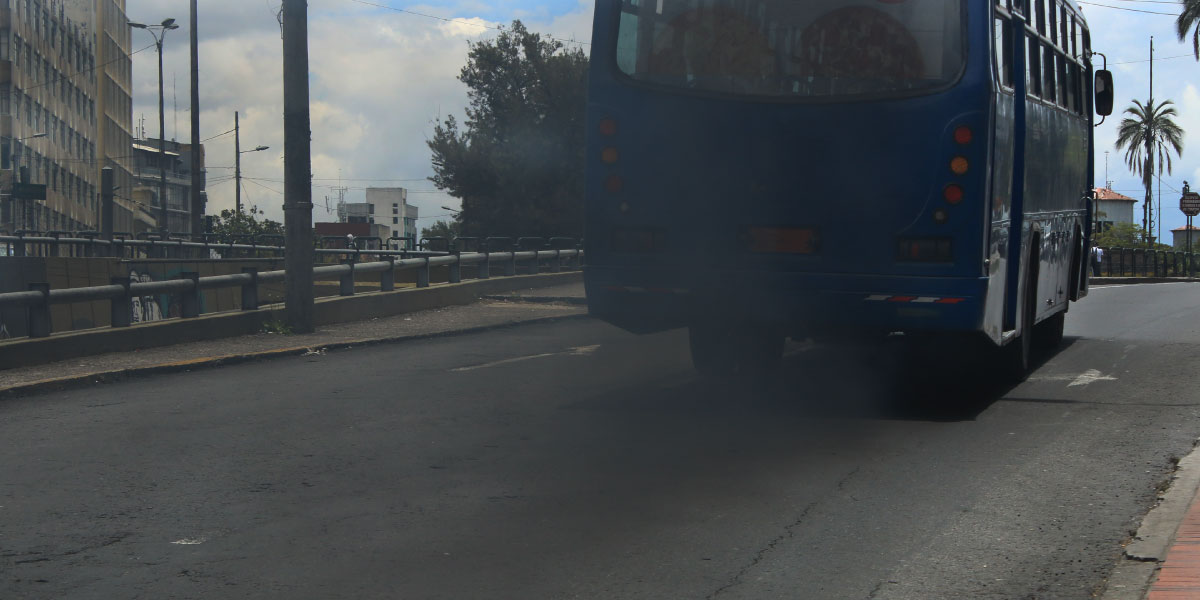Efforts to reduce black carbon (BC) are lagging as emissions rise in low- and middle-income countries. Global action on BC has been hindered by a lack of comprehensive and binding international agreements specifically addressing the issue. Despite its detrimental impact on climate change and human well-being, BC is not included in the United Nations Framework Convention on Climate Change (UNFCCC) list of climate pollutants and is therefore often excluded from national climate plans.
Fortunately, there is a way forward if science-backed actions are immediately taken. Deployment of proven technologies in high-emitting sectors, targeted interventions at hotspots, strong multinational policies, enhanced environmental regulations, and international cooperation among governments, international organizations, and civil societies can rapidly reduce BC emissions by 2030.
To reduce global BC, it is imperative that policies and actions, such as those explored below, be implemented to curb emissions.
3.1. Rapidly Adopt Clean Cooking Fuels
Target Residential Hotspots
Forty-two percent of global residential BC emissions emanate from India, Pakistan, Bangladesh, Nigeria, Uganda, Ethiopia, and South Africa due to the use of unclean cooking fuel. The Indo-Gangetic Plains is the largest hotspot of residential emissions, followed by densely populated regions in Nigeria and Uganda. Targeted interventions in these regions can drastically reduce global BC emissions, improve the lives of billions of people, and rapidly reduce deforestation across East Africa.
Incentivize Adoption Through Favorable Policies
Several years of research has shown that favorable policies, government subsidies that support affordability, and infrastructure that allows for the reliable replacement of unclean fuel is vital for the adoption of clean cooking fuels.
Out of more than 40 countries where a large portion of the population do not have access to clean cooking, only eight have advanced policies to promote its adoption. Favorable policies can result in rapid uptake of clean cooking fuels. India, for instance, has benefited from the Pradhan Mantri Ujjwala Yojana (PMUY) scheme which has resulted in free liquified petroleum gas (LPG) connections to 96 million households living below the poverty line.




